Weeping Willow Care: Tips On Planting Weeping Willow Trees
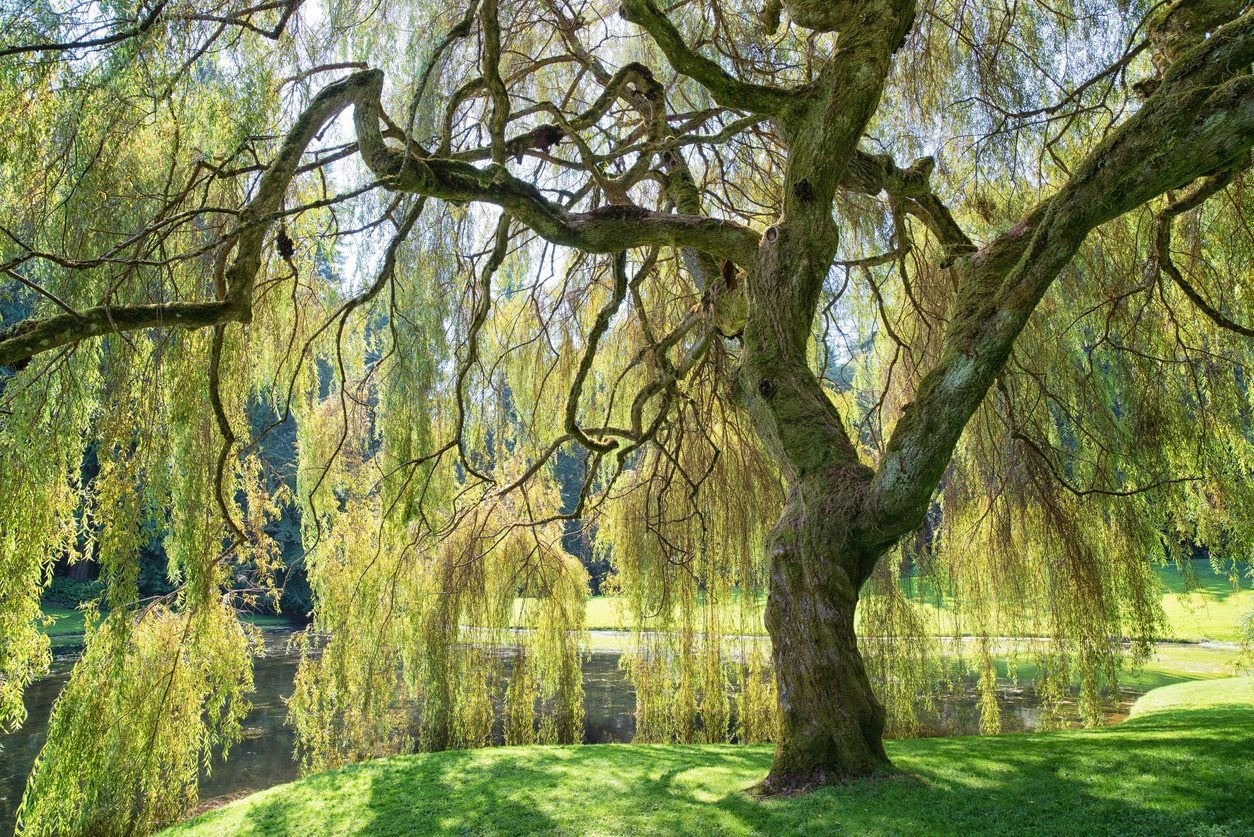
Weeping willow is a lovely, graceful tree for a large-scale garden. Many consider weeping trees romantic additions to their garden. Featuring silvery green foliage in summer and turning yellow in the fall, these are fast growing, large trees useful for screening or as a focal point in the garden.
Weeping Willow Information
The weeping willow (Salix babylonica) is native to China. These trees are popular worldwide for their unusual weeping branches. Utilized and admired in gardens and the subject of legends from ancient times, these trees grow throughout the eastern United States, thriving from Michigan to central Florida and west to Missouri. Some believe the 'weeping' refers to the way raindrops stream down the branches, dripping 'tears' from the tips. Therefore, this willow is a beloved tree in cemeteries and memorial gardens.
Planting Weeping Willow Trees
When planting weeping willow trees, consider where to place them. They are happiest while basking in full sun with their feet slightly wet. Thus, a lakeside location is recommended. Be aware of their eventual size, 60 by 60 feet high and spread potential (18 m.) while noting locations of underground pipes. Willow roots tend to seek out and clog pipes. These trees are easy to establish and tolerate soils from acidic to alkaline. Consequently, when planting weeping willow trees, they need only a bit of compost (in poor soil) and a sprinkling of all-purpose fertilizer. Consistent watering helps.
Weeping Willow Care
Weeping willow care may increase as they grow, since they host many insects. Caterpillars and borers feast on the leaves and bark. Caring for a weeping willow includes monitoring the branches too. Keeping an eye on the tree is necessary because branches tend to crack and fail due to age, especially during ice and snow events. The foliage is prone to fungal diseases, and as a result, becomes spotted and unattractive. Insect and disease problems may require treatment to keep the tree looking its best.
Weeping Willow Tree Varieties
Salix babylonica is the variety of weeping willow most commonly planted. Alternatives to the weeping willow include the Niobe Golden willow (Salix alba tristis) and the Dwarf weeping willow (Salix caprea 'Kilarnock').
Gardening tips, videos, info and more delivered right to your inbox!
Sign up for the Gardening Know How newsletter today and receive a free copy of our e-book "How to Grow Delicious Tomatoes".
-
 Looking For Plants To Give You The Soft And Fuzzies? Try These 5 Fuzzy Leaf Plant Options
Looking For Plants To Give You The Soft And Fuzzies? Try These 5 Fuzzy Leaf Plant OptionsLovers of texture, drama, silver foliage and tactile plants will adore these special sensory garden additions. These fuzzy leaf plant options will leave you all aglow
By Susan Albert
-
 Get Ready For A Summer Of Hummers! Grow These Full Sun Hummingbird Plants and Flowers
Get Ready For A Summer Of Hummers! Grow These Full Sun Hummingbird Plants and FlowersIf you’re lucky enough to enjoy a sunny backyard, make sure you are maxing out on your pollinator opportunities and grow these full sun hummingbird plants and flowers
By Tonya Barnett
-
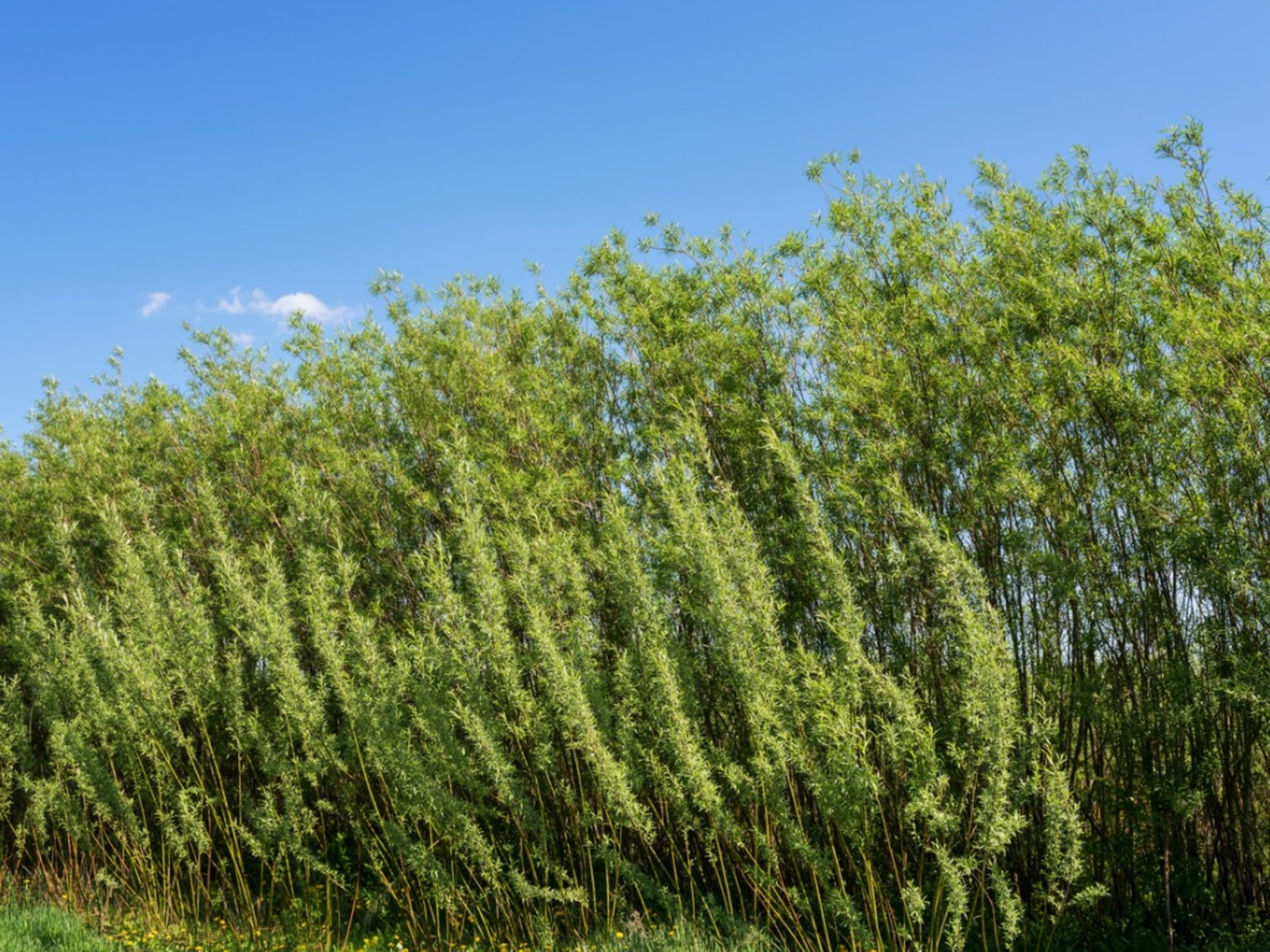 Living Willow Fence Ideas - Tips For Growing A Living Willow Fence
Living Willow Fence Ideas - Tips For Growing A Living Willow FenceCreating a living willow fence is an easy, inexpensive way to screen a view or divide garden areas. Read on to learn more.
By Susan Albert
-
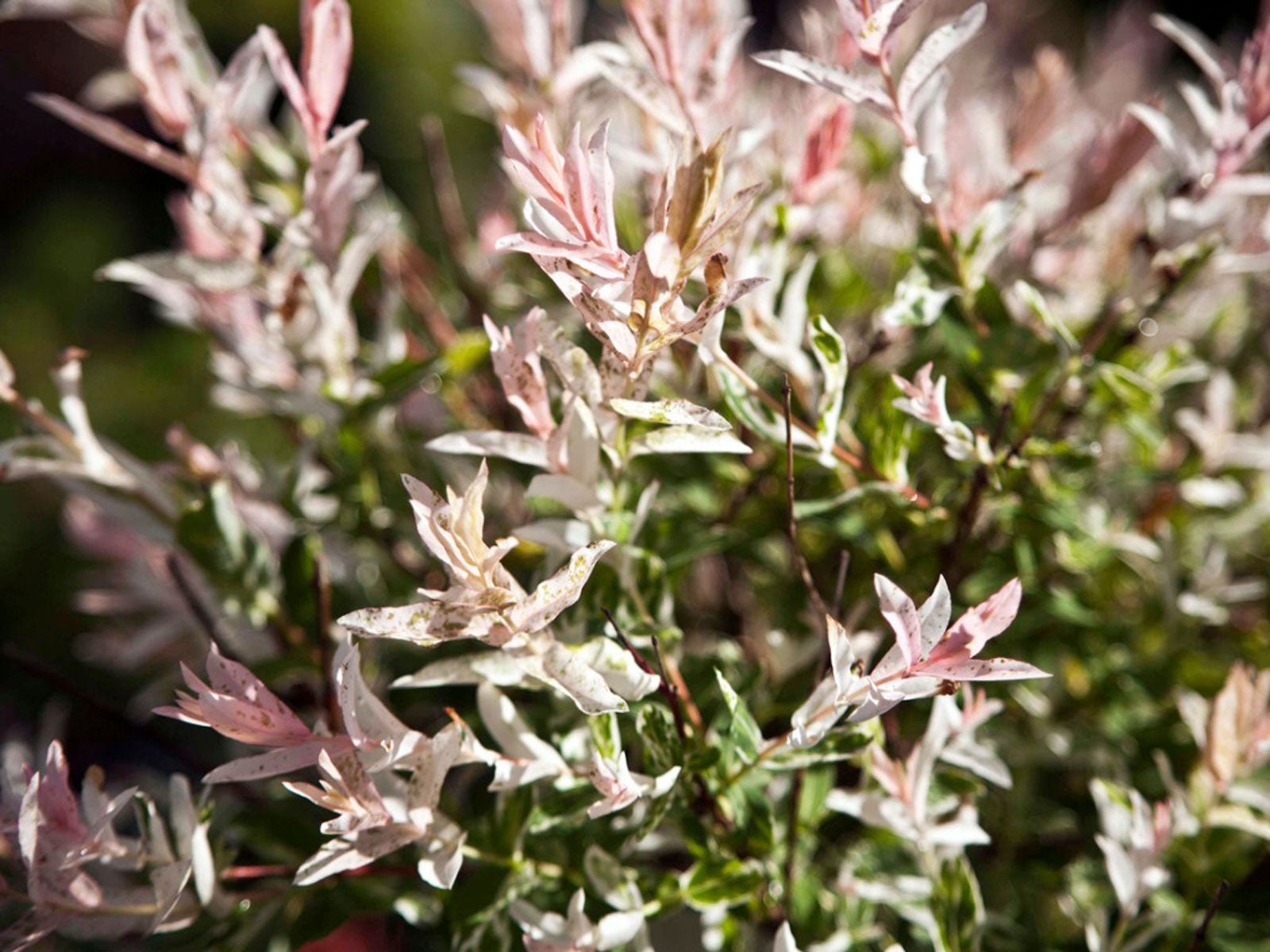 What’s Wrong With My Dappled Willow: Common Dappled Willow Problems
What’s Wrong With My Dappled Willow: Common Dappled Willow ProblemsDappled willow is one of the smaller members of the willow family. Although undemanding, it will occasionally see problems. Learn about them here.
By Teo Spengler
-
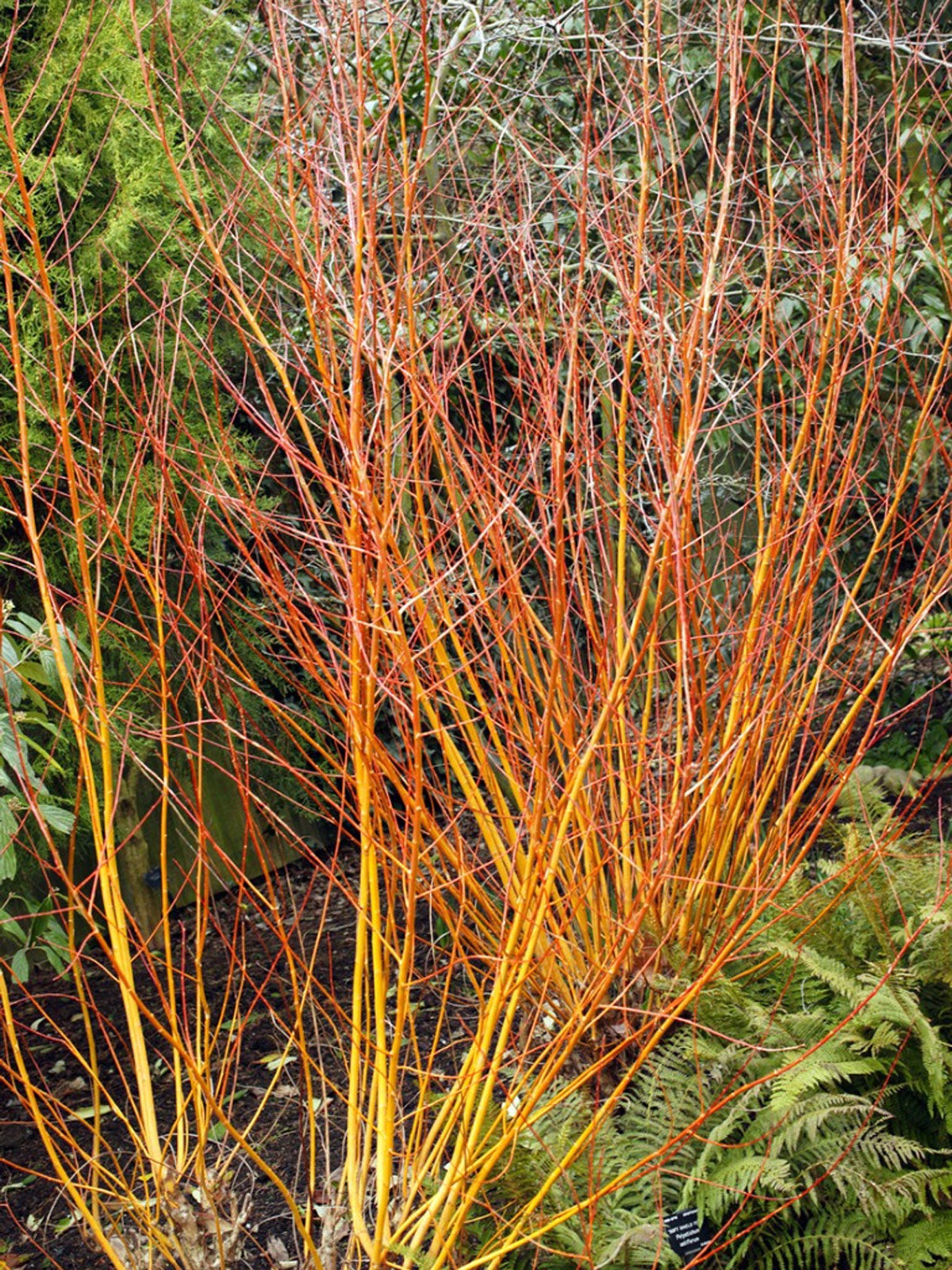 Coral Bark Willow Care – What Is A Coral Bark Willow Tree
Coral Bark Willow Care – What Is A Coral Bark Willow TreeFor lovely winter interest and nice summer foliage, you can’t go wrong with coral bark willow shrubs. Click here for tips on coral bark willow care.
By Teo Spengler
-
Peachleaf Willow Facts – Peachleaf Willow Identification And More
Few trees are easier to grow than native willows. Peachleaf willow trees are no exception. It’s not hard to identify peachleaf willows since they have leaves that look similar to the foliage of peach trees. Click here for peachleaf willow facts that describe this native tree.
By Teo Spengler
-
 Willow Varieties – Types Of Willow Trees To Grow In The Landscape
Willow Varieties – Types Of Willow Trees To Grow In The LandscapeIf you are curious about which willow varieties might work well in your yard or garden, you’ll need to start by figuring out how much room you have and what growing conditions you can offer. Click here for an overview of popular varieties of willows.
By Teo Spengler
-
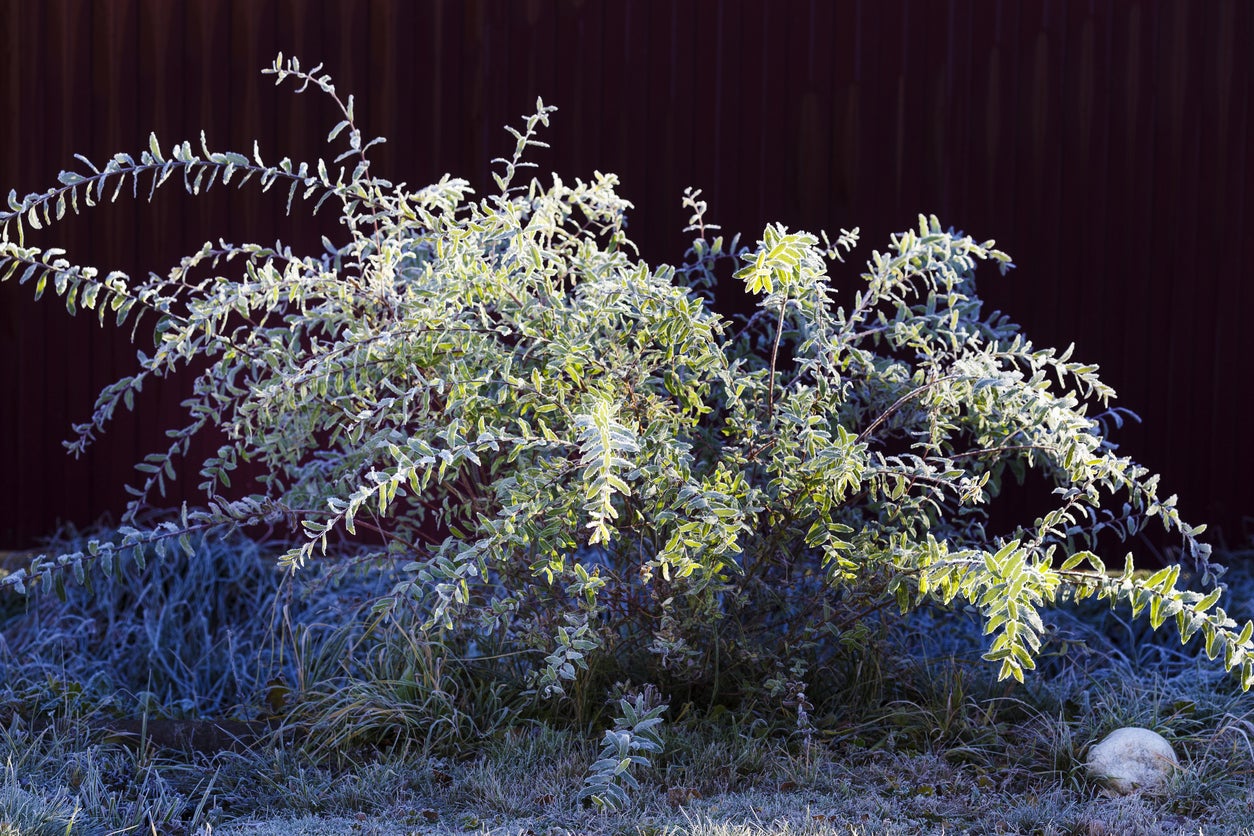 Pruning A Dappled Willow – How To Prune Dappled Willow Shrubs
Pruning A Dappled Willow – How To Prune Dappled Willow ShrubsThe dappled willow is a popular ornamental tree with a graceful weeping habit. Since this tree grows quickly, pruning a dappled willow is always an important part of the maintenance. Click here for information on dappled willow pruning.
By Teo Spengler
-
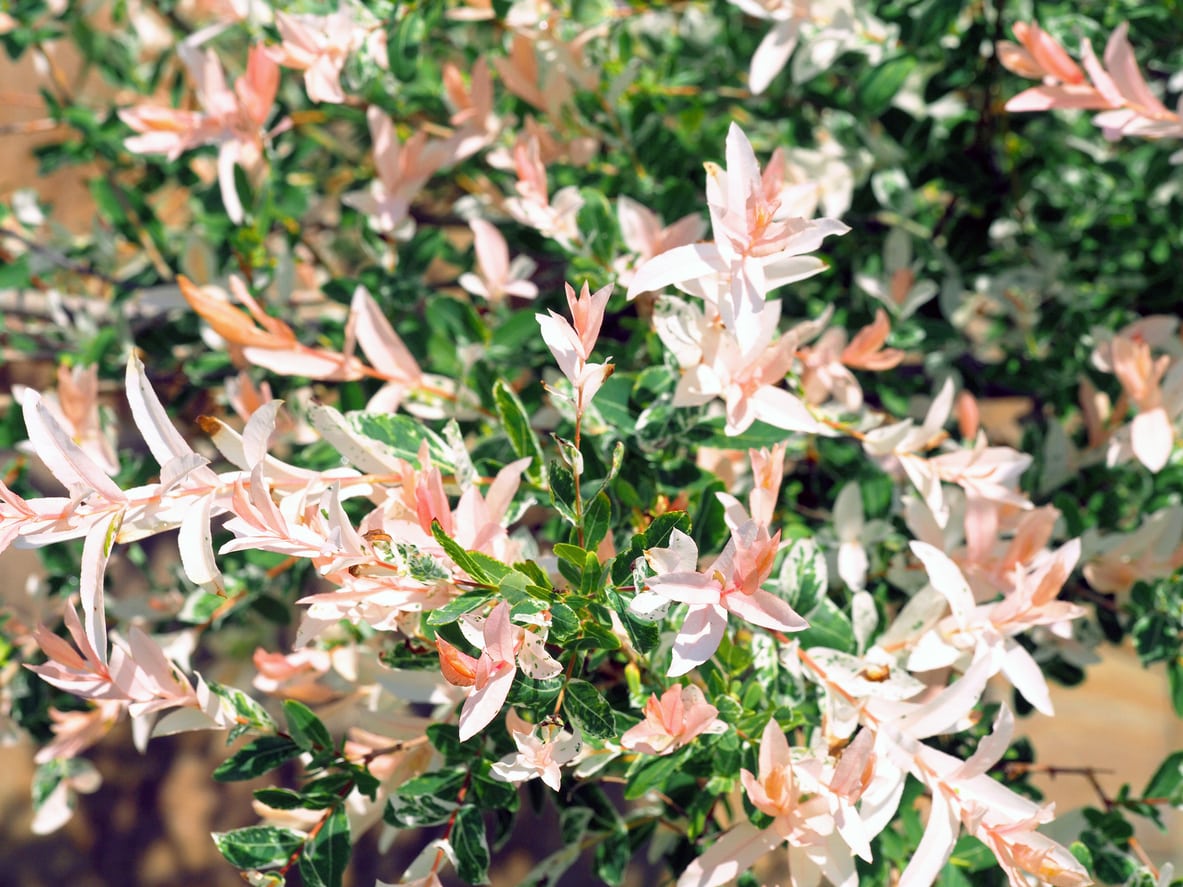 Japanese Willow Pruning – How To Cut Back A Japanese Willow Tree
Japanese Willow Pruning – How To Cut Back A Japanese Willow TreeLike most willows, Japanese willow trees grow extremely fast. Trimming Japanese willows is a chore you may have to do several times a year to keep the shape and size in check. Click this article to learn how to prune Japanese willows.
By Darcy Larum
-
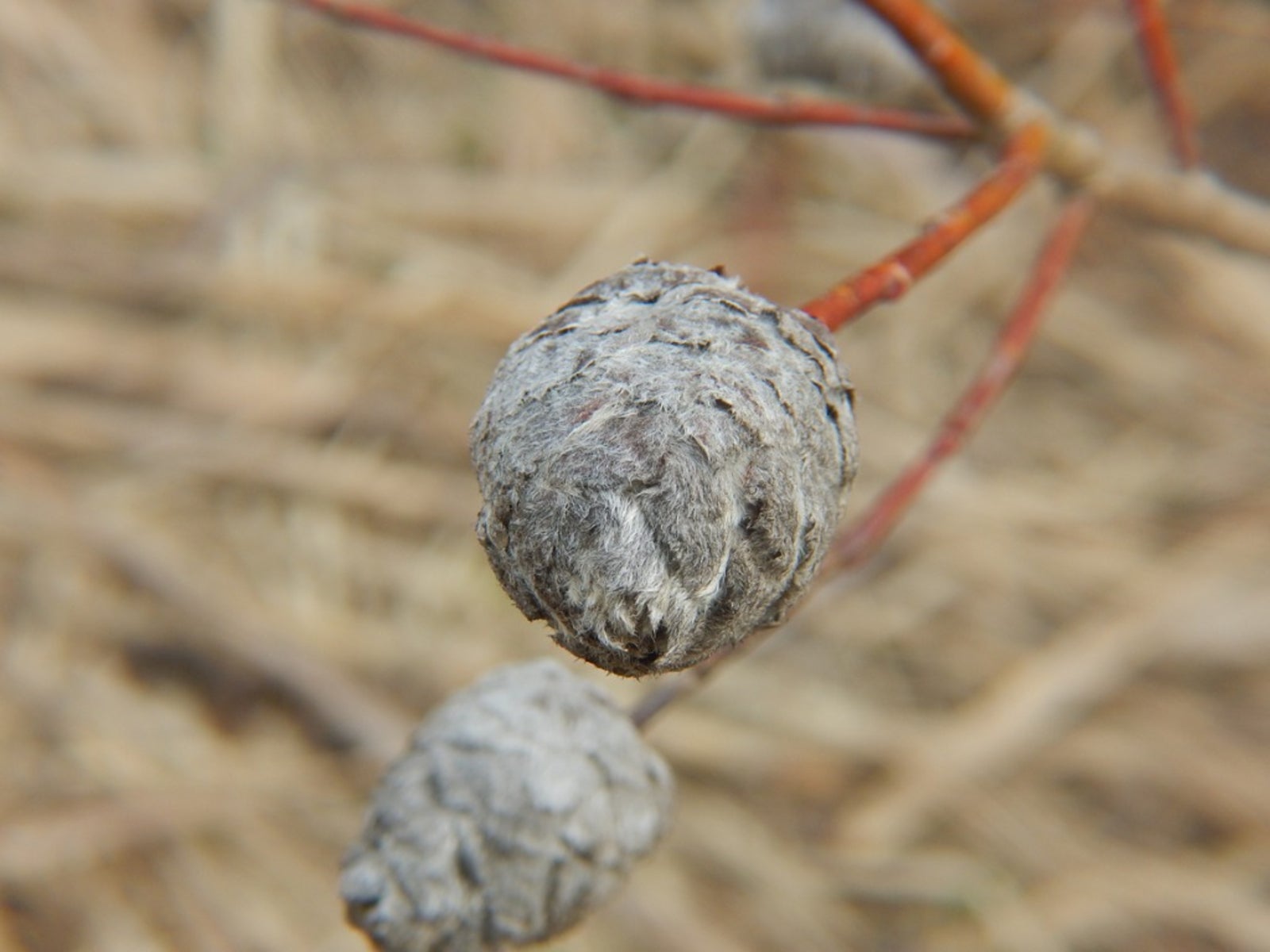 What Are Willow Galls: Learn About Galls On Willow Trees
What Are Willow Galls: Learn About Galls On Willow TreesWillow tree galls are unusual growths that appear on willow trees. You may see different varieties on leaves, shoots, and roots. The galls are caused by sawflies and other pests as well as bacteria and can look quite different depending on the pest causing them. Learn more here.
By Teo Spengler